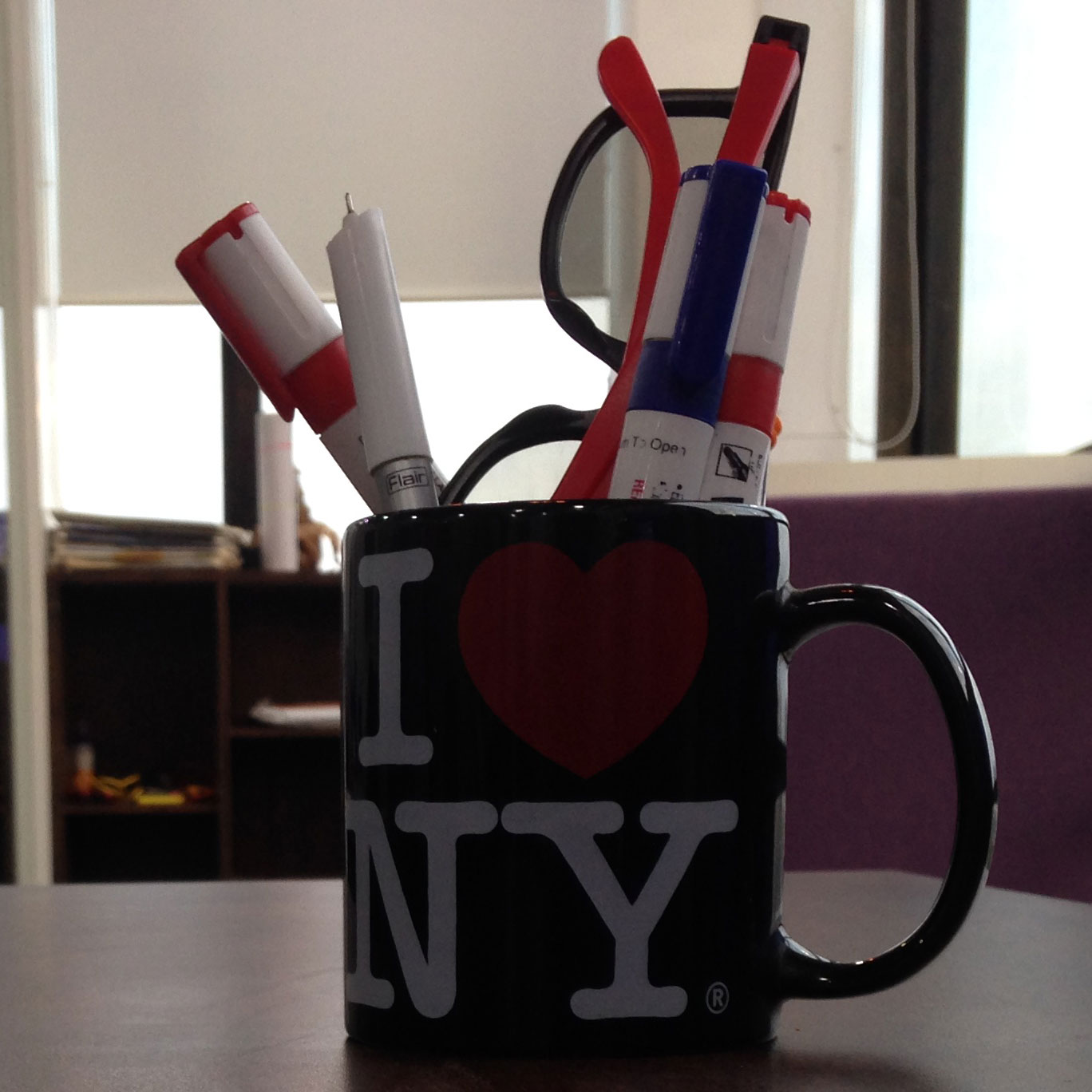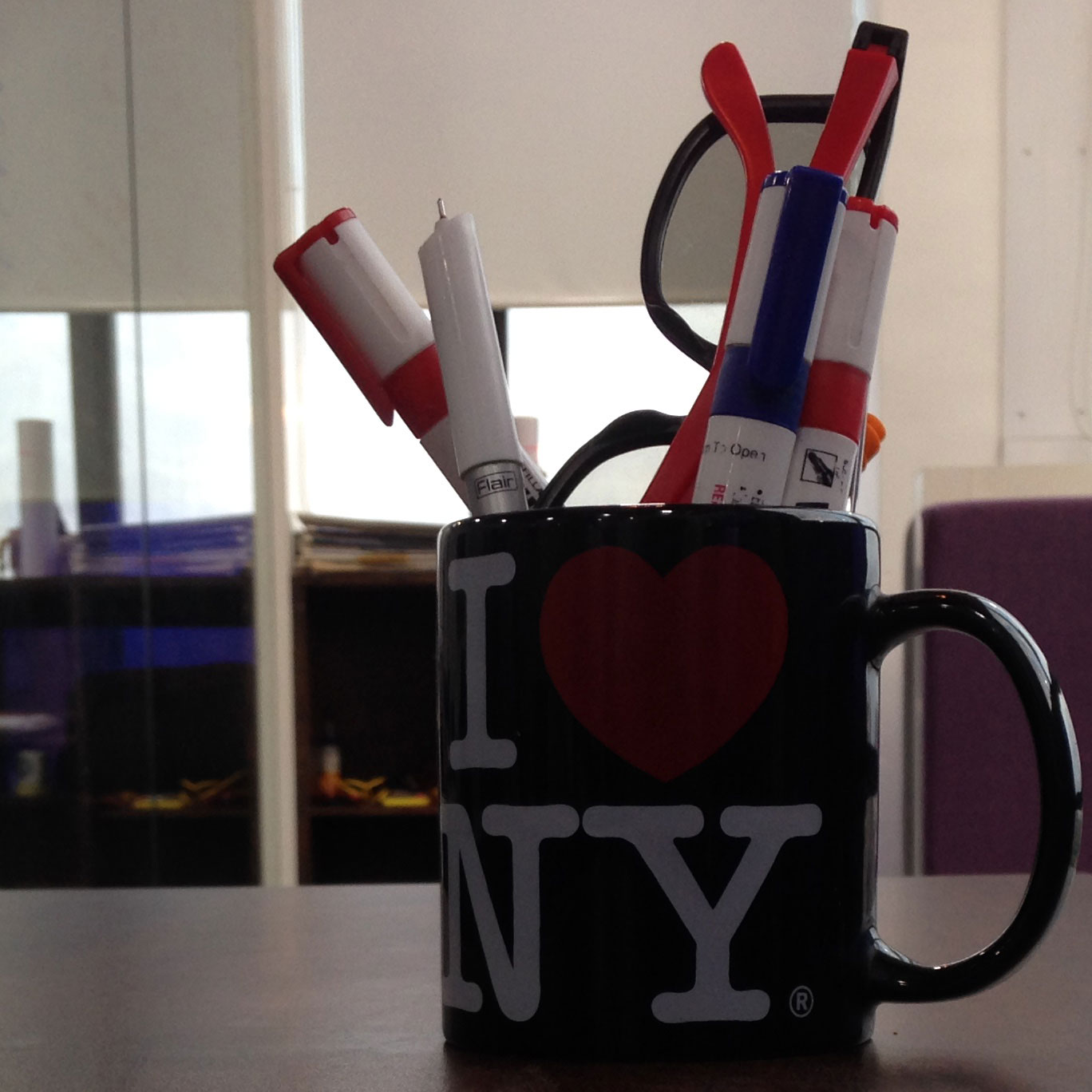Identifying the left and right camera from 2 images captured at different time intervals
I have been give with 2 camera images which sees the same scene but captured with different time. I will have to find out which image is being captured by which camera (Which camera is left and which camera is right). Image can be given in either order.
I tried 2 approaches
1) Finding the keypoints and match (Used sift) homography and draw the epipolar lines and then find the intersection of the lines to find the epipoles.
2) Create a mosaic and find out which is left and which is right.
Both these methods are not working in all the cases.
Case 1: when the fixation point is at infinity Case 2: when the fixation point is closer (in foreground)
I looked in to other options like Bundle Adjustment but I am not clear how to do it and where to start.
Any help would be appreciated.
Thank you.
Example images :


====================


====================

Have you got epipolar line?
yes but it depend on the selection of the match. as H matrix would change.
So may be you can use cross correlation. Cross correlation would give you image order.
Sorry but can u elaborate ?
I have attached some sample images above ...
May be phase correlate could be use too
well that alone will not give me a complete solution.
I would like to know atleast if it is possible to solve this problem statement ? or I am hitting on a wall with less information and more assumptions ??
using phase correlate with first images I have got (dx,dy)=(184.87,-5.52) like this you know if you move first image of (dx,dy) you will have second image (of course it's a mean value). that's a first approach. I think that correlate 1D signal with along epipolar line would be better. May be correlate 20 epipolar lines. and look for most probable values
Something is missing..cameras aren't fixed in a reciprocal position, are they? The first 2 images are fine, they look like if a stereo rig as been set up..but in the second couple of images at least one camera has been rotated, because the cup appears almost in the same position and the background changes..Did you try rectifing the images?
yes you are right ...
Yes I did try rectifying the images. but after that how would I know which is left and which is right !!
Hi @Sriram Kumar! Have you fixed the problem? Are there calibrated images? If no! Can you share the calibrated image?